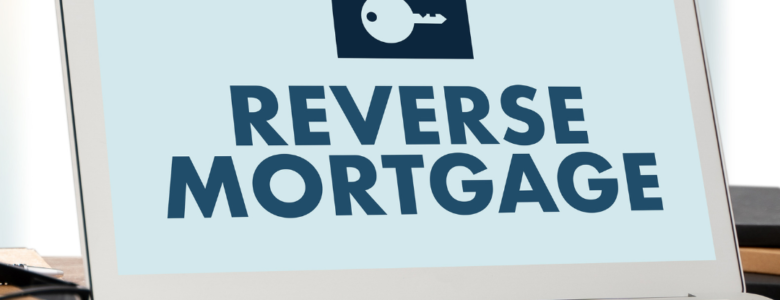When it comes to retirement planning, many seniors explore various financial options to make the most of their home’s equity. One such option is a reverse mortgage. In this short blog, we’ll explain what a reverse mortgage is and how it works.
What Is a Reverse Mortgage? A reverse mortgage is a financial product designed for homeowners aged 62 or older. It allows them to convert a portion of their home’s equity into cash, without the need to sell their home. Unlike traditional mortgages, where homeowners make monthly payments to the lender, a reverse mortgage provides homeowners with monthly payments, a lump sum, or a line of credit.
How Does It Work? The reverse mortgage process works in the following way:
- Eligibility: To qualify, you must meet the age requirement of 62 or older and own your home outright or have a significant amount of equity.
- Loan Application: You apply for a reverse mortgage through a lender. Thus, they will evaluate your eligibility and the amount you can borrow based on your home’s value, your age, and current interest rates.
- Loan Disbursement: Once approved, you can choose how you want to receive the funds. Options typically include monthly payments, a lump sum, or a line of credit.
- No Monthly Payments: Unlike traditional mortgages, a reverse mortgage does not require you to make monthly payments. You repay the loan when you no longer use the home as your primary residence.
- Interest Accrual: While you’re not making monthly payments, interest on the loan accrues over time. The total loan balance grows as interest accumulates.
- Repayment: You typically repay the loan when you sell the home, move out, or pass away. At that point, you must settle the loan balance, including the accrued interest.
Advantages of Reverse Mortgages:
- Provides additional income in retirement.
- Allows you to stay in your home.
- Flexibility in how you receive the funds.
- No monthly mortgage payments.
Considerations:
- Interest accrues over time.
- The loan balance may exceed the home’s value.
- Heirs may need to repay the loan to keep the home.








